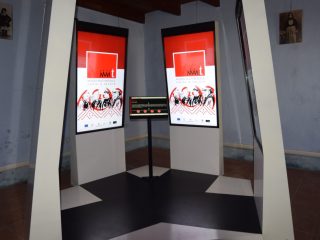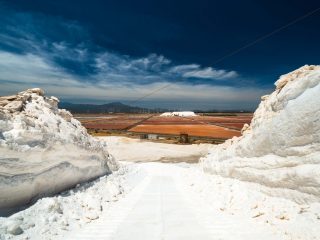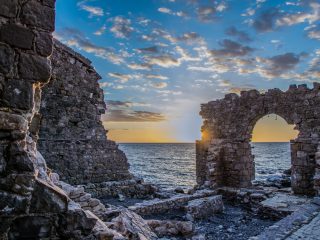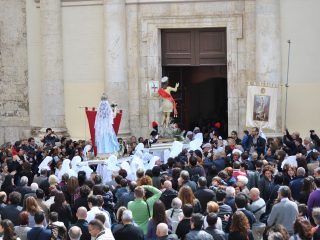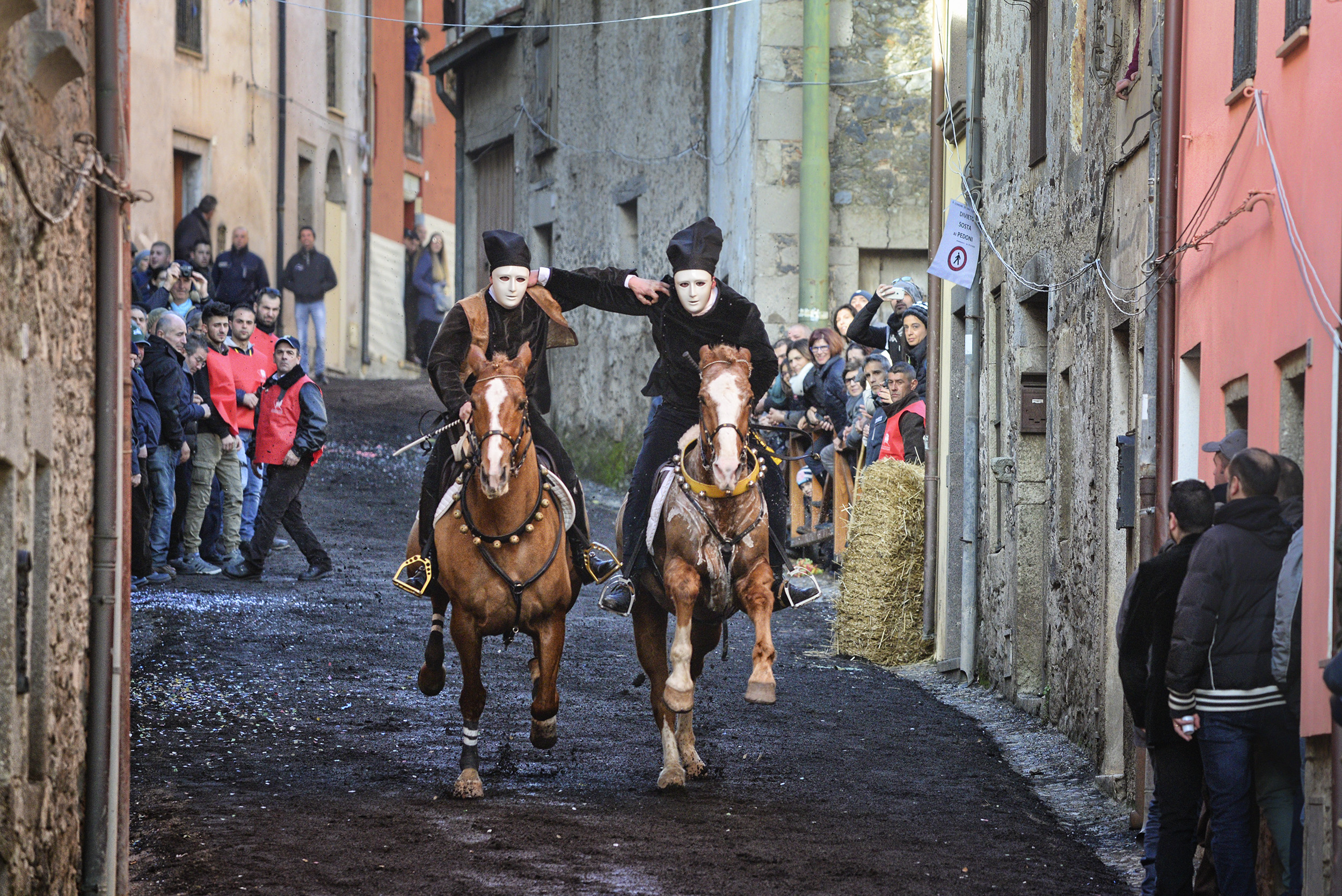Around 1860, someone outside the island discovered the advantage of using Maddalena granite for paving roads. The quality of the stone and relative ease and speed of transport by sea as far as Porto Torres made this granite more favourable to the one found in other areas traditionally better equipped for this kind of supply and operation.
In 1901, the Società Esportazione Graniti di Sardegna (SEGIS) (Sardinian Granite Exportation Company) was founded. The supply continued uninterrupted for thirty years, building bridges, flagstone roads, docks and important monuments such as the one at Ismailia in the Suez Canal.
In the Historical Museum of Cala Francese, the visitor can explore the entire mining area. The town where quarry stonecutters and management lived, the port with cranes where the sailing and steam ships for transporting the granite docked, the track system with the quarry train and the area behind the hangar with cranes for loading onto the wagons are all open to the public. It is also possible to see the cuts made in the rock, with an explanation on the kind of cut made. Lastly, you’ll come to the hangar-museum where the machinery is kept along with photos and historical documents about the quarry, made even more interesting by the projection of historical images.







